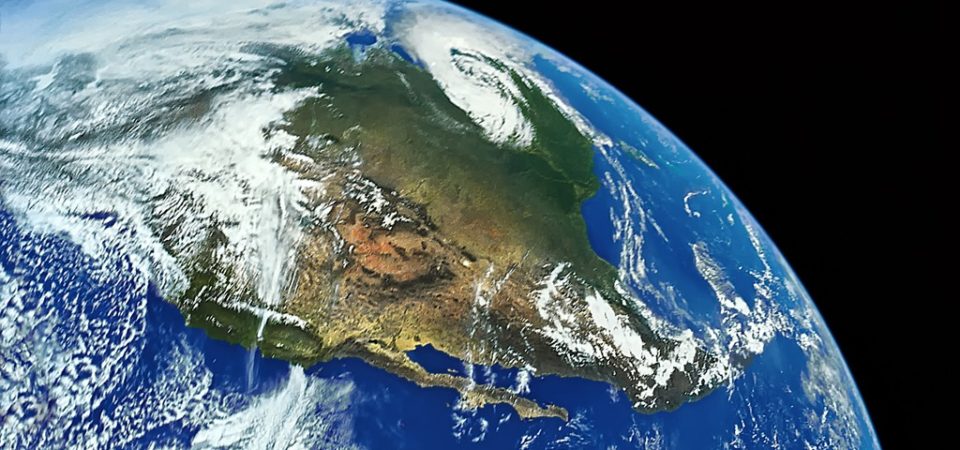Item Link: Access the Resource
Publication Info: McKinsey & Company
Date of Publication: July
Year of Publication: 2020
Publication City: Paris, France
Publisher: McKinsey Global Institute
Author(s): Karim Tadjeddine, Hamid Samandari, Sébastien Léger, Clarisse Magnin-Mallez, Dickon Pinner, Maël de Calan
Executive summary
After more than 10,000 years of relative stability—the full span of human civilization—the Earth’s climate is changing. As average temperatures rise, acute hazards such as heat waves and floods grow in frequency and severity, and chronic hazards, such as drought and rising sea levels, intensify. This dual evolution creates a new climate risk. Physical and local by nature, this risk impacts human socio-economic systems at a global scale.Addressing physical climate risk is inherently complex. Six characteristics of this physical risk stand out: it is increasing; it is heterogeneous in its spatial impact—that is, one region may face floods even as a neighboring region suffers from drought; it is ever-changing or non-stationary, and further warming is “locked in” for the next decade because of physical inertia in the geophysical system; socioeconomic impacts are likely to propagate in a nonlinear fashion as hazards cross certain physiological, human-made, or ecological thresholds; it is systemic and could impact all regions and all sectors globally, both directly and via knock-on effects; lastly it is regressive, in that it most affects the poorest communities and populations globally and in each region.These characteristics partly explain why climate risk has been under-estimated and why our societies are under-prepared. As we have seen with the Covid-19 crisis, this lack of preparation could exacerbate the consequences of climate risk.The socioeconomic impact of climate change is already playing out in four domains: the livability and workability of certain regions could be reduced; tensions could appear on global food systems, increasing food prices and creating food crises; many physical assets and infrastructure not designed to resist climate risks could be devalued; lastly, vital natural capital could be threatened. The potential conditions for a major systemic crisis are therefore met. No region of the world or economic sector would be spared. A crisis could spread through four propagation channels: financial markets, supply chains, geophysical systems, and population displacement. The Covid-19 crisis has illustrated the implacable nature of such chain reactions, in a context of interdependency of our societies and globalized economy. Awareness of climate risk is recent, yet it requires an urgent response from corporations and governments. New tools to measure and analyze this risk will have to be developed. At all levels, decision makers and investors need to understand their level of exposure across a range of scenarios, from the most optimistic to the most pessimistic. They will then need to embed these insights into their decision-making processes. Past analytical and decision-making models are poor references, as most assume climate conditions will remain stable. In parallel, it will be necessary to increase climate risk preparedness. Our economic and social models will have to be adapted, acting on four areas: protecting people and assets, increasing resilience, reducing exposure and developing appropriate financing and insurance mechanisms.
Read or download the full report (in French) here .
The views and opinions expressed through the MAHB Website are those of the contributing authors and do not necessarily reflect an official position of the MAHB. The MAHB aims to share a range of perspectives and welcomes the discussions that they prompt.
